LiPo Battery C-Ratings – What do they actually mean?
Often overlooked, LiPo Batteries are arguably the most important factor in racing drone performance. Choosing the right or wrong battery to power your FPV drone could mean the difference in winning a race or placing 3rd in a competitive heat. By choosing the right battery for your drone, you’ll be thankful for longer flight times, more power, and longer lasting battery lifetimes.
What does the C-rating mean on a LiPo battery?
The C-rating or ‘Coulomb’ rating of a battery represents the amount of continuous current a lithium polymer battery can provide under load. Basically, the higher the C-rating of the battery, the more power it can provide to your racing drone. To calculate the maximum theoretical current a battery can provide, simply multiply the LiPo C-rating by the capacity of the battery in mAh / 1000.
For example, a 1300mAh 80C battery can theoretically provide 1.3Ah * 80C = 104A.
This means that both the capacity of the battery, and the C-rating contribute to the maximum current a battery can draw in continuous supply
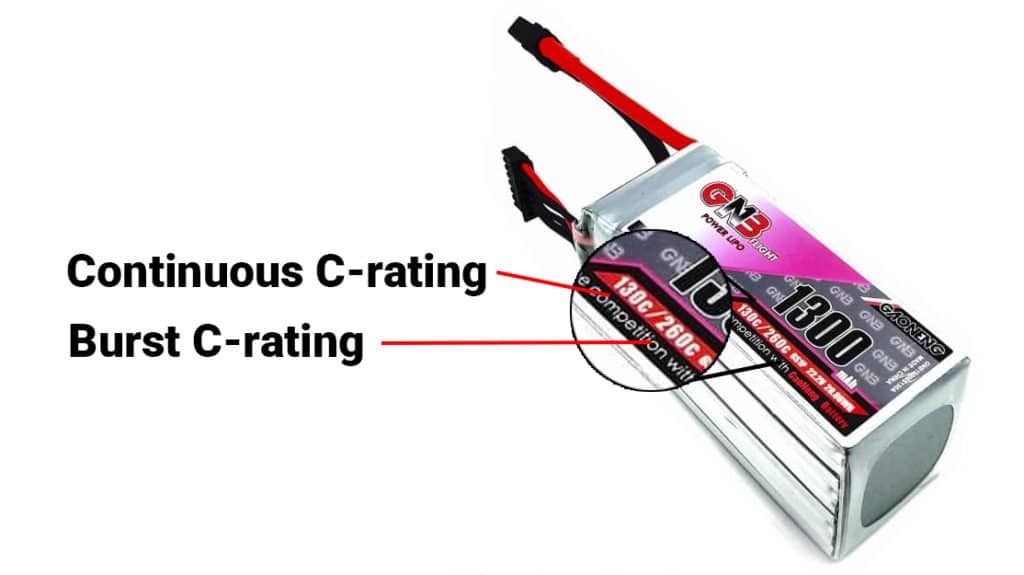
Continuous vs Burst current
Some LiPo batteries feature a ‘burst’ current C-rating. This number represents the maximum current a battery can provide in quick bursts of power. A higher burst LiPo C-rating is especially useful when coming out of dives or switching directions quickly while racing through gates. The burst rating should be considered when selecting a battery for high-performance flying on a power-hungry quad. The continuous current rating should be considered for standard flights where the throttle does not usually exceed 75%.
What is the consequence of using low C-rating batteries?
When you fly an FPV drone on lower C-rated batteries, you risk the chance of exceeding the maximum rated current. This can result in a hot battery after landing, puffed LiPo cells, reduced longevity, and even fire! For this reason, it’s important to always check the current draw of motors on a new build and select a battery accordingly.
Battery weights vs LiPo C-ratings
A higher C-rating is achieveable during the manufacturing process by packing the aliminium sheets and lithium mixture denser, resulting in more electrode layers. (See: How lithium batteries are made). Generally it’s not always best to look for the lightest battery – this may indicate a lower discharge capacity and therefore lower C-rating. Battery manufacturers have to make the decision when designing their cells to either pack them denser, resulting in a heavier weight, or pack them looser, resulting in lower C-ratings.
How long can I exceed the burst current for?
Generally LiPo batteries are designed to exceed up to 10 seconds of burst current during a typical 3 1/2 minute flight. Pushing your drone past the normal limit for longer lengths can result in the issues mentioned above.
Calculating which ESCs you need for your drone
Another useful way to use LiPo C-ratings is to determine the compatibility between your ESCs, Motors, and Battery. If you take the maximum continuous current using the formula above, you can find the maximum power draw for each motor by dividing by 4.
Eg. 160A / 4 = 40A per motor.
This will give you a good idea on how large an ESC rating you will need. In the above example, a 40-50A ESC would work well, paired with 4S motors which require high current. The Omni Drone Motor Calculator also provides a great way to calculate this!
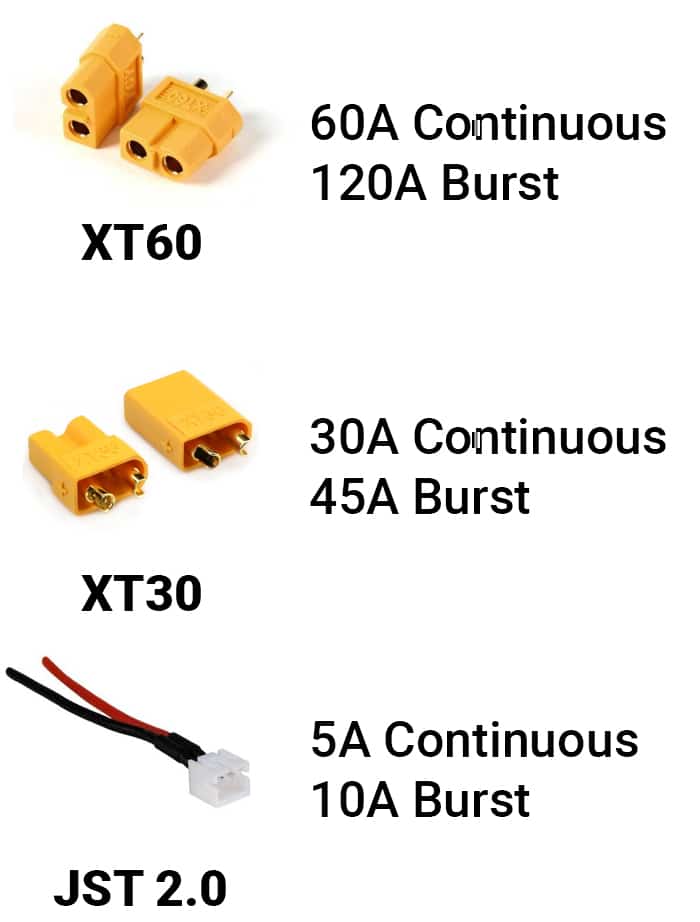
Connectors and current limits
It’s important to factor in the right connector for your drone when building to allow sufficient current to pass through. For some racing drone builds, choosing the wrong connector can restrict the flow of current to your drone, resulting in poorer performance than expected. This is particularly important on micro drone builds, which use very small plugs and draw large currents for their size. The table above shows the manufacturers suggested current ratings for each common drone connector.
LiPo Charge Rates
To ensure your batteries last a long time, you want to charge your batteries at a low enough current to slowly bring the voltage up to maximum. Often you’ll hear people will charge their batteries at ‘1C’ or ‘2C’. This is the recommended charge rate for most batteries and using the formula before, means the current at 1x or 2x the mAh capacity of the battery.
To charge a 1300mAh battery at 2C would be to charge at (1300 / 1000) * 2 = 2.6A
Why KiwiQuads stocks GNB batteries
When selecting batteries for our store, we wanted to stock the BEST batteries we could get a hold of. We sampled over 15 batteries from suppliers all over the world before selecting GNB – which achieved #1 in almost every test we performed. We stress-tested batteries in a range of drone classes from 1S micro builds, up to 6S powr-hungry racing quads. There’s a reason why GNB Batteries are so highly sought after in the FPV drone racing market. KiwiQuads proudly stocks GNB batteries as our premium line of LiPo Batteries. Take your performance to the next level!

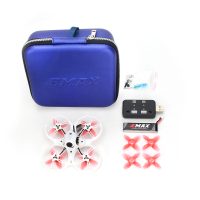
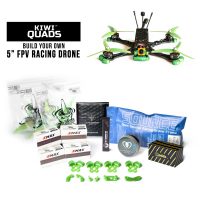

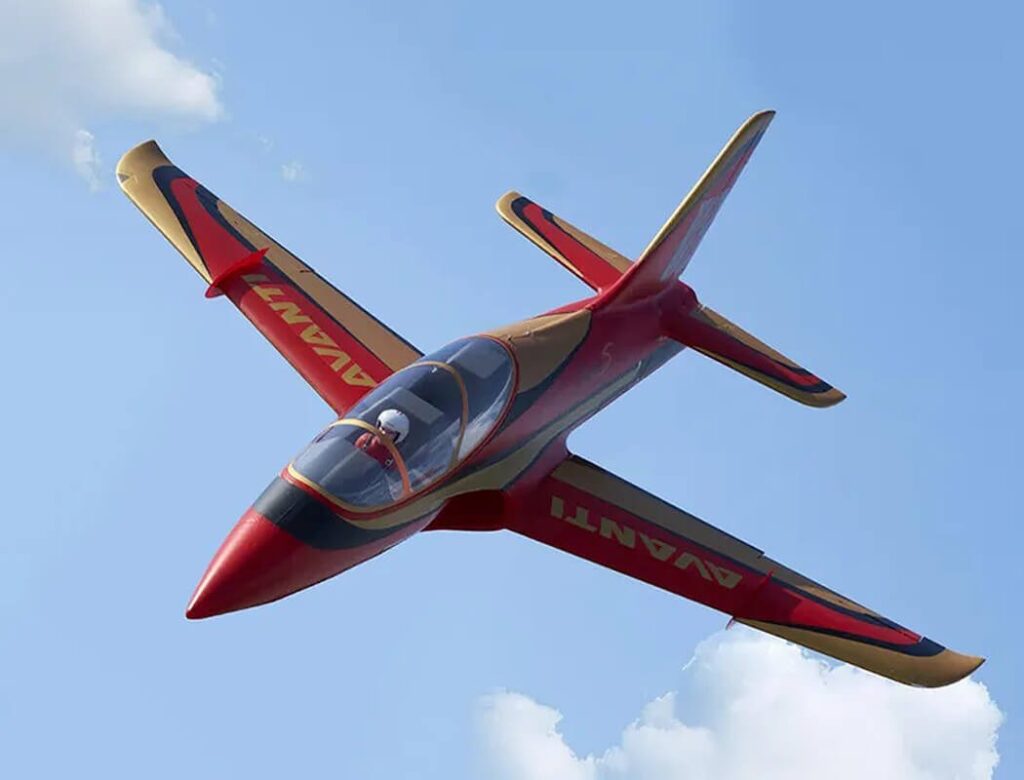
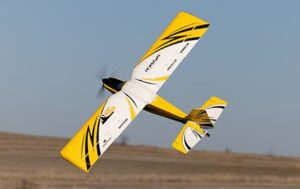

Battery charging. I thought you just divided by 1000 i.e 1300 mAh would be charged at 1.3A not 2.6A as in your article. Please explain the difference.